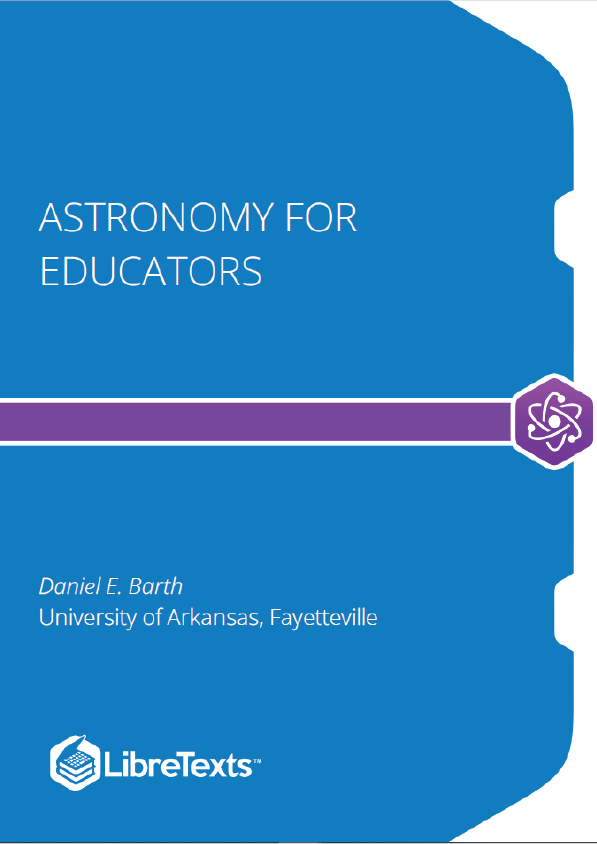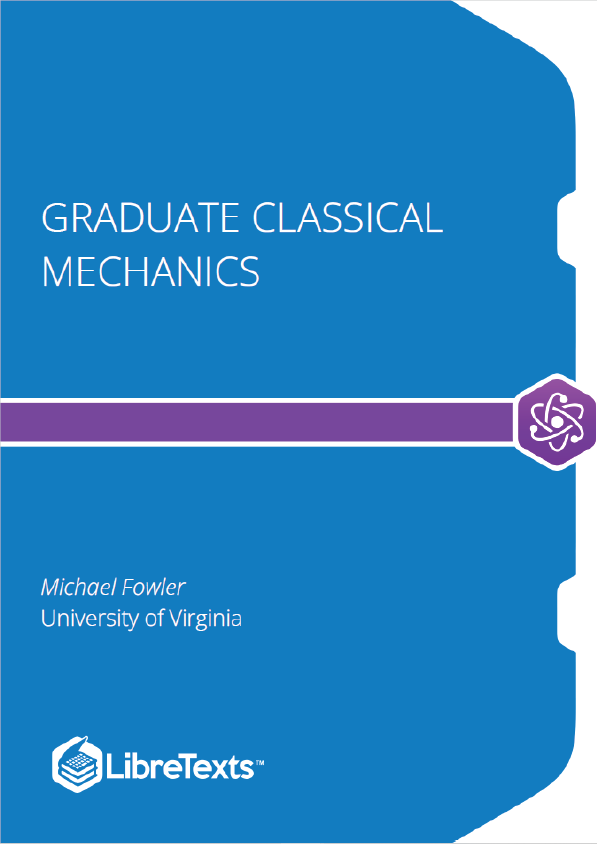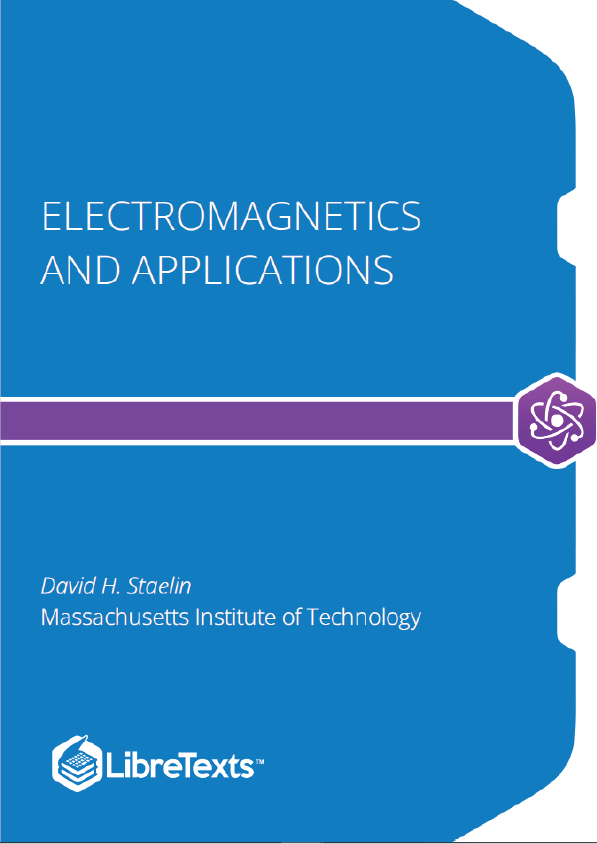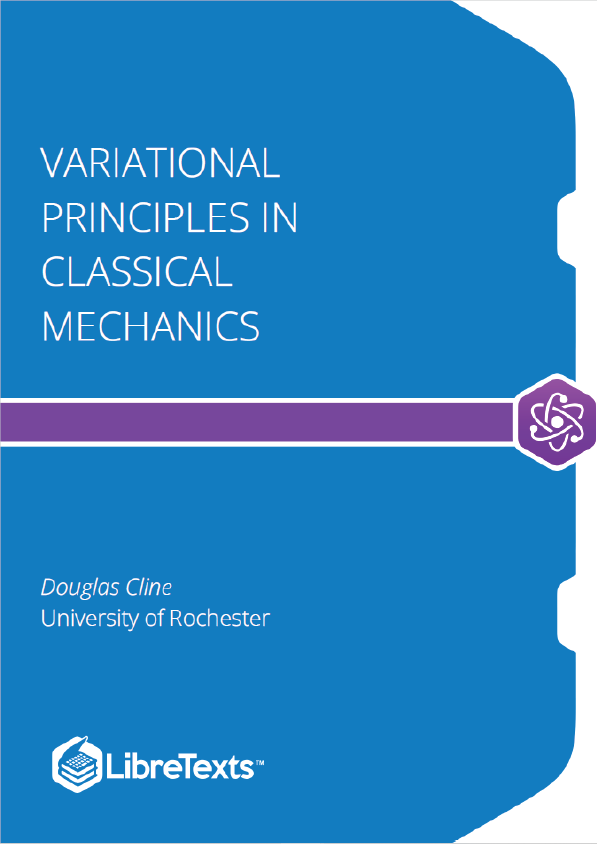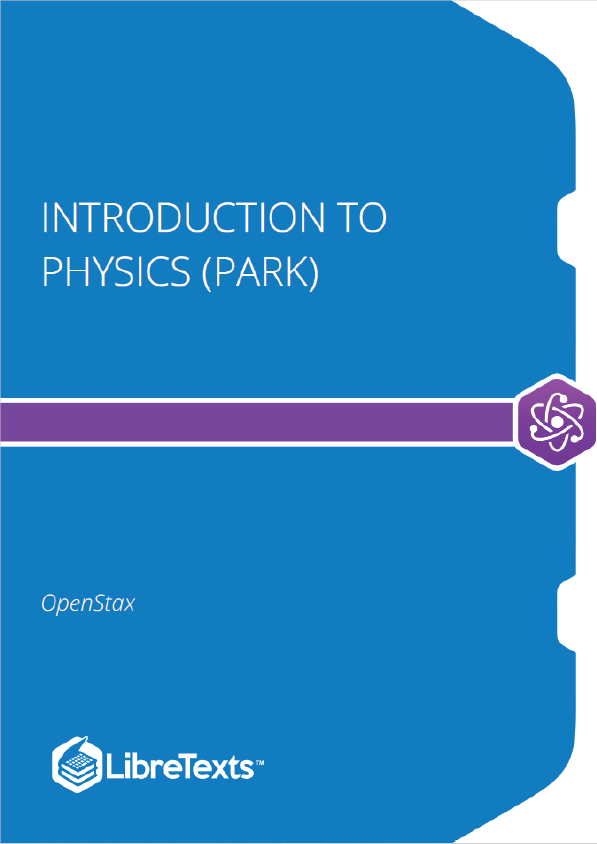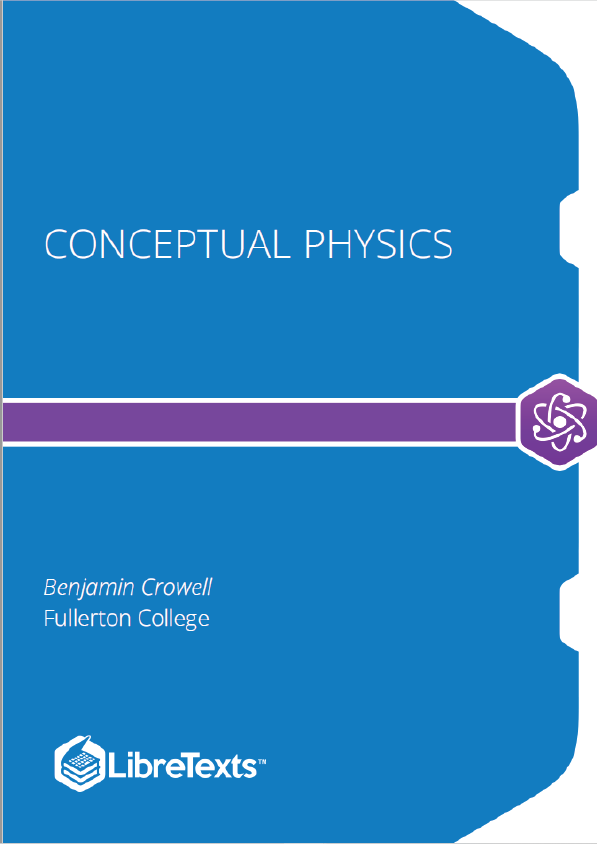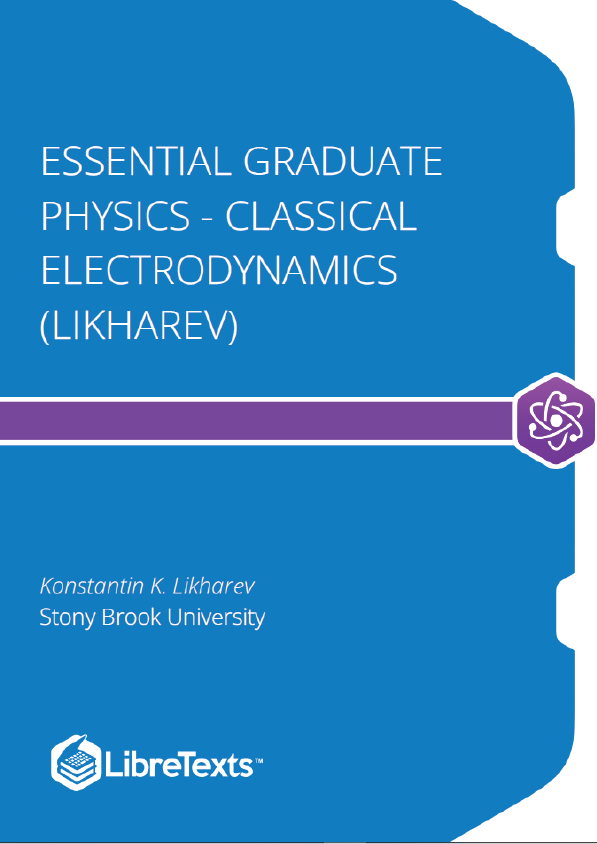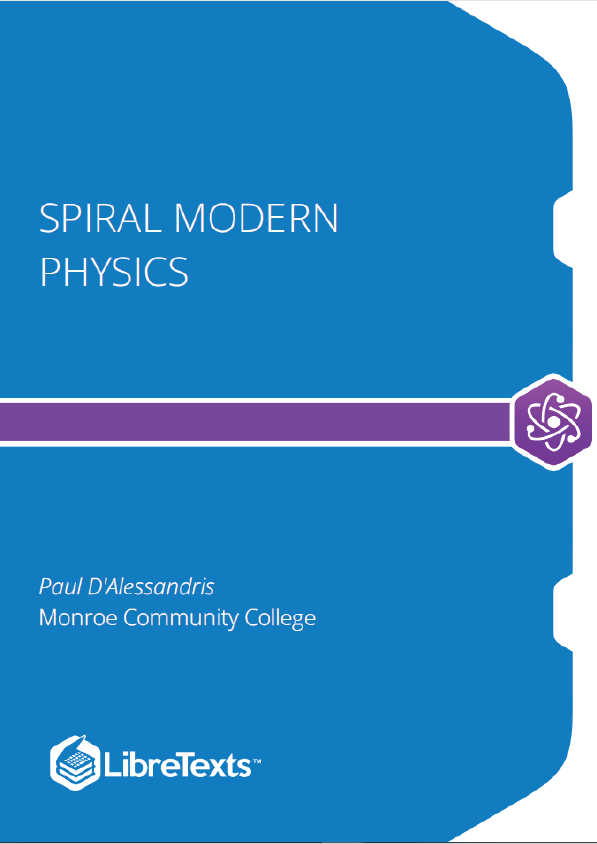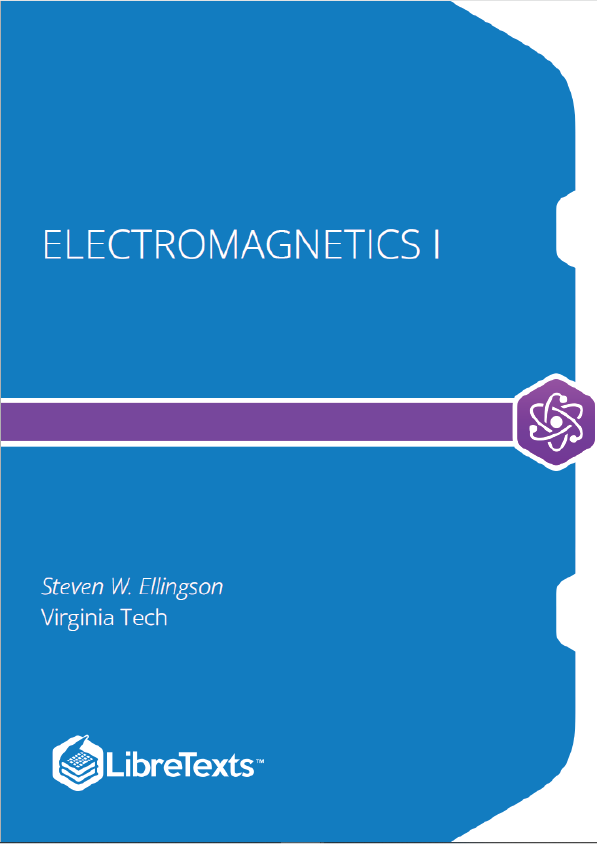Astronomy for Educators provides new and accomplished K-12 instructors with concepts and projects for low-cost, high-impact STEM classroom instruction that is built around the National Academies National Research Council’s K-12 Framework for Science Education.
Transitioning from being a science teacher to a professor of education who trained new teachers was one of the greatest challenges in my career. I opened my first Astronomy for Educators class by telling the students that I had been an astronomy teacher for more than 30 years; a student in the class immediately raised her hand and said: “I haven’t.” That blunt comment convinced me I needed to change my priorities for my class; I wasn’t there to teach pre-service teachers science, rather I was there to convince them that they could teach science, and then give them the tools to do so. My state, like many nation-wide, was mandating new initiatives for STEM science from elementary through high school – and my pre-service elementary teachers were worried about achieving these goals in their classrooms.
Most of the young teachers in my class were more than worried about this, many were actually afraid of teaching science. “I’m not a science person!”, “I don’t do math!”, and “I’ve avoided taking any science class since freshman biology in high school!” were all typical comments. I told the teachers in my class that I was sure that they could teach science in the K-8 classroom. I told my young teachers that they knew almost everything they needed already, and the rest they would discover along the way with the children in their classrooms. The same is true for you!
You don’t have to be a math whiz, or have a science degree to teach STEM activities – and you don’t have to have deep pockets either. I taught in high-poverty districts for many years, my district could not afford expensive equipment, and neither could I; my students and I built our own models and equipment for pennies, often using materials scrounged from around the house or garage. I know many teachers supply materials and equipment in their classrooms out of their own pockets – all of the activities in this book cost less than $1 per student to set up and perform.
Making your own models and then working with them in the classroom brings a hands-on authenticity to your classroom that engages almost everyone. These hands-on projects have proven very effective with ESL students, helping them to acquire vocabulary and fluency in a natural, conceptual way that has been substantially more effective than worksheets or vocabulary exercises. Special needs children also often find the hands-on classroom to be more congenial than a traditional educational environment. I have often seen special needs students begin to learn about astronomy conceptually, and demonstrate their knowledge physically with simple models long before they acquired the vocabulary skills to express what they knew.
Our students need to be prepared to take on the challenges of a technology-rich and science-dependent 21st-century economy. If we are to empower them to address these future challenges, it is time we began to change the way we teach science starting in elementary school. We have spent years teaching science as a collection of facts, teaching children what we know instead of allowing them to discover things for themselves. It is critical that the children in our classes understand how science works, both its strengths and its weaknesses. I believe that children can only do this effectively by participating in science activities, getting their hands dirty and seeing how science works, and why science sometimes fails.
